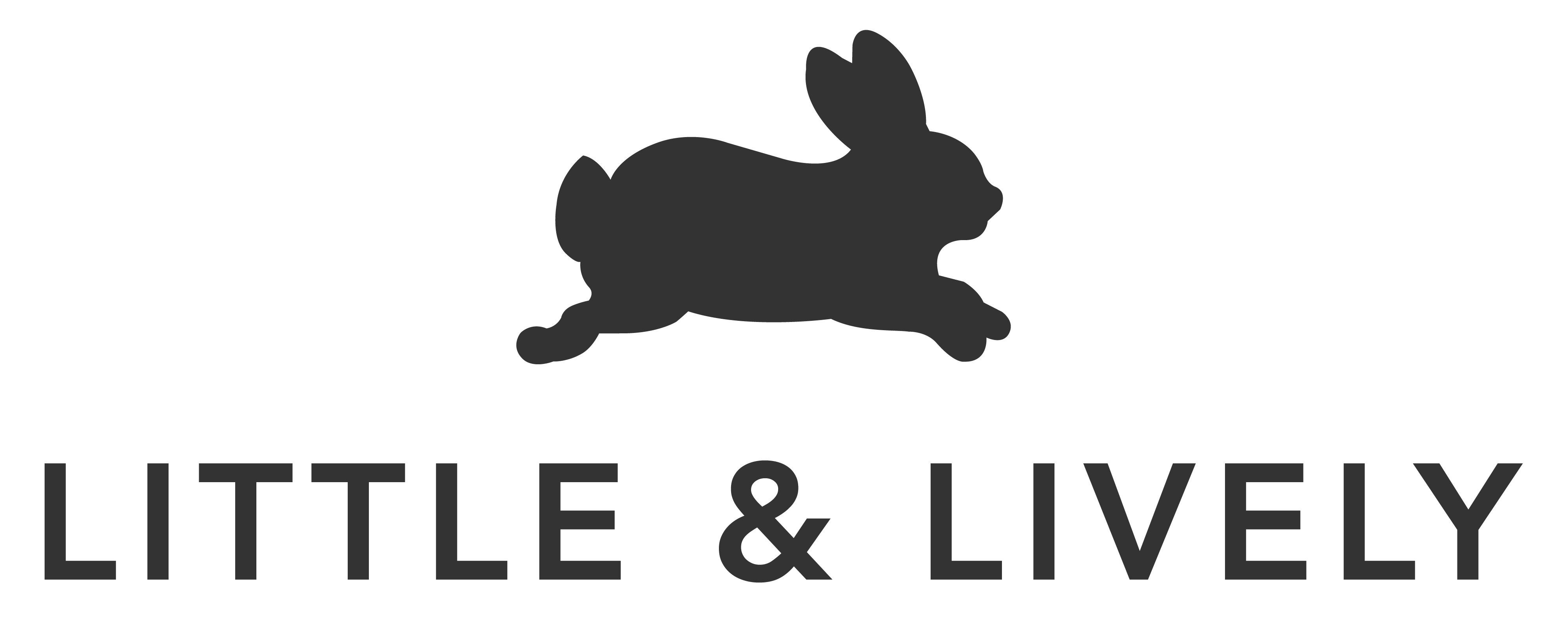
SANCTUARY
[A place of refuge and safety]
Sanctuaries are places where birds and animals can be protected and live safely in their natural habitats. Good sanctuaries protect animals that have been abused, neglected or are at risk of going extinct.
All animals are unique and critical to the environment, not to mention amazing!
This season, we want to shine a spotlight on some incredible animals and the vibrant biodiversity around the world!
We invite you to step into the wonder of the animal kingdom!
Our newest collection celebrates a magnificent array of awe inspiring creatures throughout our graphics and colours.
These designs will delight your imaginations with a spectrum of tropical hues reminiscent of the great natural habitats and wildlife around the world.
With fabrics inspired by flamingos, macaws, leopards, monkeys and so much more, there’s literally something for everyone.
We hope to delight your senses with this vibrant animal-inspired collection, and perhaps, we can all learn more about these incredible animals along the way. ❤️

We have a heart to save wildlife and the wild spaces they live in (and we know you do too).
That is why we have added the Wildlife Conservation Society to the list of nonprofits that we support on a monthly basis.
Want to find out more about some of
the amazing animals featured in this collection?
Then keep reading! 👇
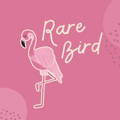
FLAMINGOS
Flamingos are famous for their bright pink feathers, long legs and elegantly shaped neck.
Most species of flamingos are not endangered but populations of the Lesser Flamingo, in East Africa, have been decreasing recently.
Their species is being threatened by human activities such as pollution, mining, and agriculture practices that destroy saline lakes, which are the natural habitat for flamingos.
These lakes produce a special kind of algae that is very nourishing for flamingos and the red-orange pigment in the algae helps give the flamingos their signature pink hue!

WHALES
Whales are massive warm-blooded mammals who nurse their young, just like humans! And even though they live in the water, they breathe air just like you and I!
Whales are essential because they are part of the marine food chain and they also capture carbon from the atmosphere and actually help combat climate change.
Unfortunately, their large size doesn’t always protect them from dangers, mostly caused by humans.
Six out of 13 great whale species are classified as endangered or vulnerable, even after decades of protection.
The main threat to whales are fisheries and habitat loss.

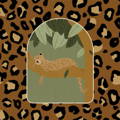
AMUR LEOPARD
The Amur leopard’s natural habitat is the far east temperate forests of Russia.
This special species of leopard is known for its soft, thick fur and large paws that act as snowshoes, helping them trot through deep snow.
As a result of habitat loss, Amur leopards have become one of the rarest big cats in the world, and more specifically, the rarest leopard in the world.
This species has officially been declared critically endangered, but thanks to the creation of a leopard refuge park in 2012, the Amur leopard population is slowly growing again, with approximately 80 big cats as of 2018.
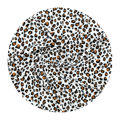
SNOW LEOPARD
The snow leopard, often nicknamed “ghost of the mountains” due to it’s spotted coat that hides them in rocky landscapes is native to the rocky mountain terrains of central Asia.
Now considered a vulnerable species (downgraded from endangered) these big cat’s homes are being threatened by human activities such as poaching and habitat loss.
Snow leopard experts believe there are only 3,500 to 7,000 snow leopards in the world, and are working hard to learn about these shy, hard to spot cats, so they can learn how to better protect them.

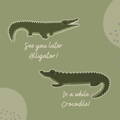
ALLIGATORS & CROCODILES
Crocodilians comprise a variety of large reptiles including alligators and crocodiles from around the world.
They are now protected under a special law that prevents them from being hunted. One example of a species that was formerly endangered due to the leather trade, before the law was enacted, was the American Alligator.
But thanks to the preservation law, now the alligator’s population has returned to a safe number. The main threat to these reptiles today is habitat loss due to wetland drainage and construction.

BUTTERFLIES
With over 18,000 species in the world, butterflies are located in nearly every corner of the world. While all butterflies are not considered endangered, they are all constantly in danger of disappearing.
The most common threat to these magnificent creatures is habitat loss. Some species of butterfly, like the monarch, migrate thousands of miles south every winter, in search for warmer weather.
Upon their return from their migration, these travellers will return to the same forest and often even return to the same tree where their ancestors once lived.


MONKEYS
Monkeys are tree dwelling primates native to the tropical jungles of Asia, Africa and Central and South America.
Monkeys and humans share many similarities, one of the most obvious being hands! Similar to humans, monkeys too have 5 fingers and opposable thumbs, which they use for climbing, eating, and other monkey business.
Due to loss of habitat, hunting, and capturing, 24 subspecies of monkeys are considered critically endangered. We all have a unique role to play in the conservation of monkeys, and that begins with slowing the rate of habitat loss for these wild creatures.

MACAWS
Macaws are beautiful, brightly coloured, tropical birds native to Central and South America. These colourful birds are a type of parrot and are considered critically endangered, with several subspecies now extinct.
The main threat to these incredible birds is hunting, illegal trapping for the pet trade, and rapid deforestation.
The children’s animated movie ‘Rio’ was actually inspired by the Blue Spix Macaw, considered one of the most rare birds in the world!

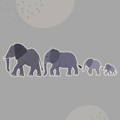
ELEPHANTS
Elephants - the largest land mammal on earth, are native to Africa and Asia. These enormous animals are known for their long trunks and huge stature, standing at nearly 13 feet tall.
Did you know young elephant calves, like human babies sucking their thumbs, often suck their trunks for comfort.
Unfortunately, due to poaching, habitat loss, and the illegal ivory trade, elephant populations have seen a significant and steady decline over the last 100 years.
Thanks to the development of elephant sanctuaries, elephant population numbers (within these parks) have been able to slowly climb. With more awareness of the protection of these gentle giants, it is expected that elephant populations will one day return to normal.
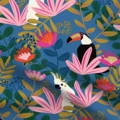
TROPICAL BIRDS
OF SOUTH AMERICA
From hummingbirds to parrots, and everything in between, South America is home to thousands of species of tropical birds.
These majestic birds both big and small have been greatly impacted by climate change. So much so, that scientists fear that without serious help, nearly 900 species of tropical birds could become extinct by the year 2100.
Did you know that tropical birds including parrots, cockatoos, and toucans are some of the smartest birds on the planet?! These little geniuses can often copy what you are saying or even sing you a song!


NARWHALS
The narwhal, sometimes called the ‘unicorn of the sea’ thanks to its long spiral tusk coming out of its head, is native to the chilly waters of the Arctic circle.
These majestic creatures are actually whales, and play an important role to indigenous communities, who rely on the creature as a source of food, blubber and raw materials.
Unfortunately, these ‘unicorns of the sea’ are at risk of disappearing as a direct result of climate change. Much is still unknown about these chilly sea dwellers, but scientists are working hard to learn more about them, so they can better protect these animals!

KOALAS
The Koala’s natural habitat is in Australia. Koalas are not officially currently considered endangered but they definitely are vulnerable.
Koala populations have been declining considerably, suffering the effects of habitat destruction, domestic dog attacks, bushfires and traffic accidents.
Koalas aren’t actually bears - they belong to a class of animals called marsupials, meaning, the mothers carry their young in a pouch on their belly!


